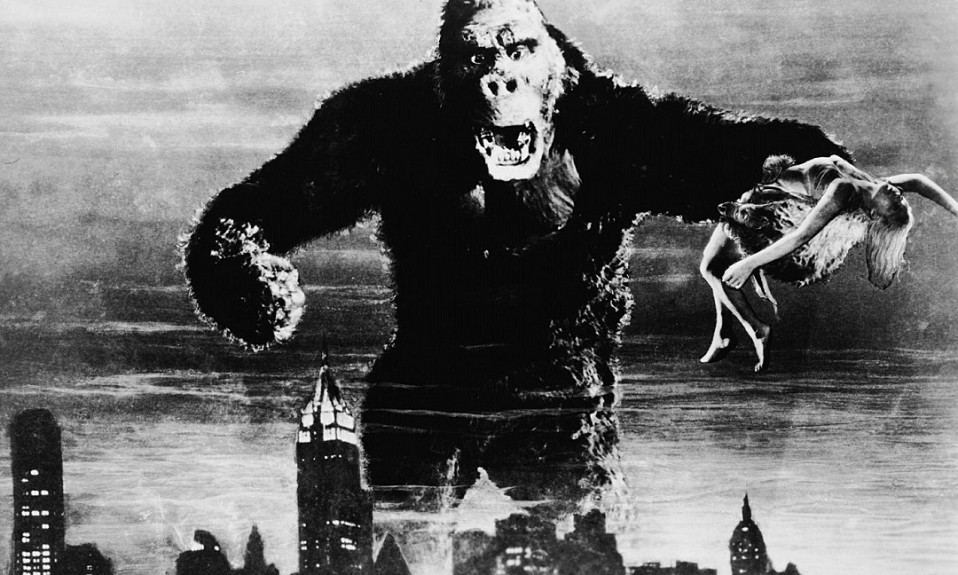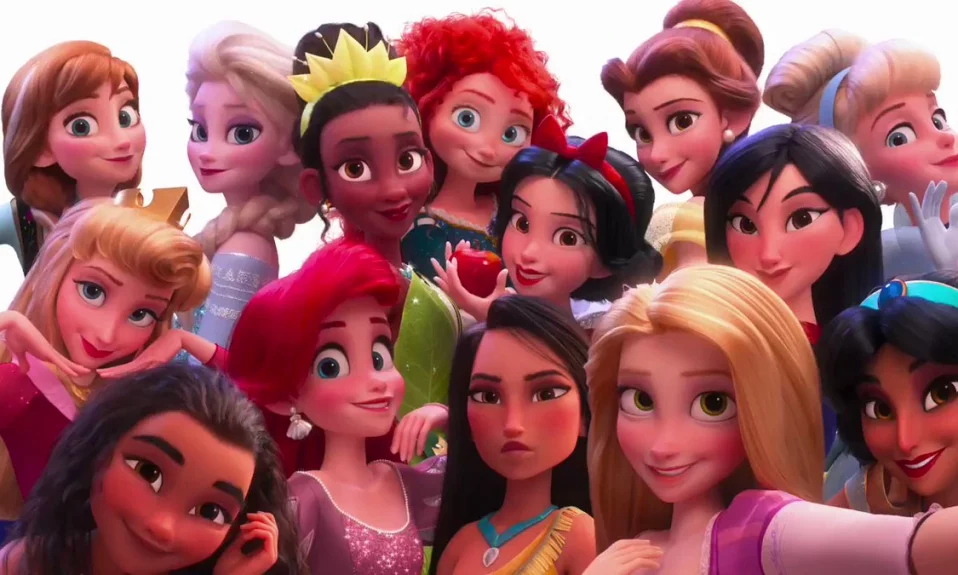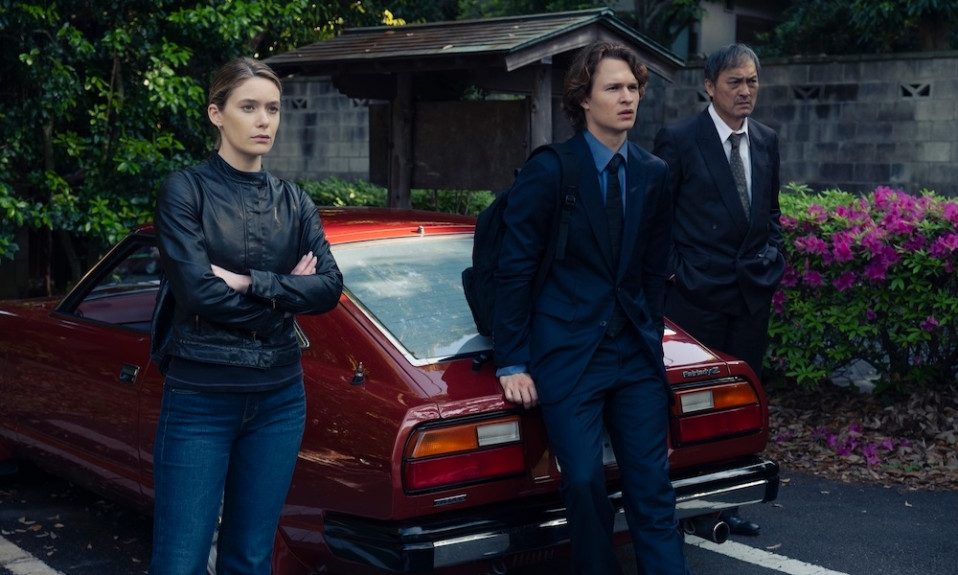86 years ago King Kong, the most famous movie monster of all time, made his debut. Since then his first movie has become permanently ingrained in popular culture. Even people who’ve never seen it know the film’s story and several famous quotes. But as we have seen, the influential don’t always stand the test of time.
So join us for our retro review of King Kong as we see just how well it holds up all these years later.
Synopsis
Film director Carl Denham (Robert Armstrong) is looking to make the ultimate movie to silence his critics and please audiences worldwide. To do this he takes his film crew and leading lady, Ann Darrow (Fay Wray) to the uncharted Skull Island to find the mythical monster Kong.
Upon reaching their destination the island natives kidnap Ann and offer her to Kong, who carries her off into the jungle. Facing many prehistoric threats the crew eventually retrieve Ann, capture Kong and decide to take him back to civilization.
Once back in New York, Denham puts Kong on display as the eighth wonder of the world. But Kong breaks free, steals Ann and begins wreaking havoc upon the city. Before finally climbing the Empire State Building in one of the most iconic movie endings of all time.
What did I like?
The best part of King Kong is its sheer spectacle. Produced for $672,000 (only $13 million today), King Kong delivers a spectacle that still puts modern movies to shame. The production design and sets are fantastic, giving the film a grand scale. Skull Island’s design is incredibly detailed, feels very lived-in and full of rich history. And effectively contrasts the soulless concrete jungle of New York.
Then there are the iconic effects. The mixture of stop motion, miniatures, full-scale animatronics, and other processes invented for the film, created something film audiences had never seen before. A living breathing world, full of incredible creatures that appeared to actually interact with the cast. Some parts may look a bit ropey today, but the sheer effort it took to realize these sequences and the enthusiasm present make it impossible to not appreciate.
This movie also proved that special effects could be used to realize a story, not just stunning visuals. Kong is one of cinemas best characters. Without a word spoken, we know exactly what Kong is feeling because of his extensive expressive facial animations. Transforming a simple model into a three-dimensional character. And his arc from a mindless animal who sees Ann as a trophy to seeing her as something more is touching and tragic.
Denham also proves to be a compelling character. Though he sees everyone around him as a tool to achieve his ambitions his passion to make art that entertains everyone and his dry sense of humour makes him an enjoyable presence. Despite his actions.
And Max Steiner’s sweeping orchestral score is incredible. Contributing to the grand scale of the production and adding an operatic edge which gives the dramatic moments great weight. But while Kong’s iconic status is unquestionable, a few blemishes have emerged over time.
What did I not like?
Now, of course, there are the blemishes inherent with films from this era that may impact some modern viewers’ enjoyment of the film. Namely the stereotypical depictions of women as solely damsels to be rescued or objects of affection for the men. And slightly racist depictions of other cultures.
But then there’s also the incredibly cheesy overwritten dialogue and performances, which make the film hard to take seriously. The macho posturing, overegged similes, and hammy New York accents make the film feel like a parody of itself. Resulting in the characters looking more like caricatures than human beings. This isn’t helped by most of the human characters being boring without much depth. Nowhere is this more evident than in the romance between Ann and John Driscoll (Bruce Cabot). It never feels natural. The actors have no chemistry, their dialogue is cringe-inducing and their romance only really serves to further the plot. Instead of being something that helps the characters grow and become compelling. Making the movie a slog until Kong shows up.
Finally, because King Kong’s themes, iconography, and other elements have been so thoroughly reused and deconstructed by other films over the years revisiting the original now can feel underwhelming. While the movie remains important historically, it has largely dwarfed by what it inspired. Ultimately rendering the movie itself as somewhat clichéd as a result. Though this is largely the fault of popular culture, not the film itself.
Verdict
King Kong is a movie that has inspired generations of film lovers and for good reason. With a rousing score, two engaging characters and incredible effects, that required so much time, effort and the invention of new techniques to accomplish, it is a wonderful example of what cinematic fantasy is capable of.
But some elements of the plot do feel forced for the sake of drama. The acting, dialogue, and depictions of certain genders and races are quite dated and may affect some modern audiences enjoyment of the film. And the film itself can be considered somewhat cliché at this point.
Ultimately as a piece of film history Kong is required viewing. It is a piece of entertaining genre filmmaking which though entrenched in the flaws of it’s time helped to pave the way for the blockbusters of today. And that is worth seeing. Warts and all.
Rating:  (3 / 5)
(3 / 5)
King Kong is available on the BBC IPlayer service until 30th November 2019.
Also Read: For Your Consideration: Sci-Fi, Comedy & Oscar Snubs




![midnight run [Source WCBE]](https://bigpicturefilmclub.com/wp-content/uploads/2021/11/midnight_run-Source-WCBE-958x575.jpg)









